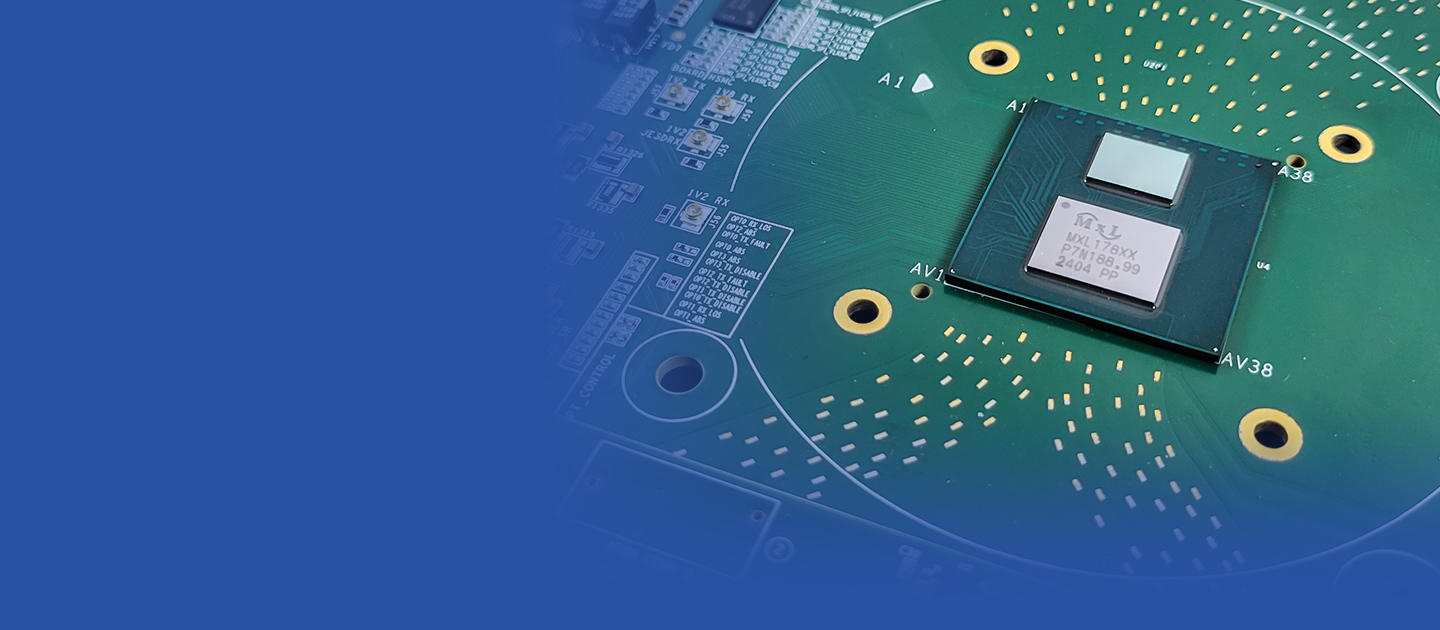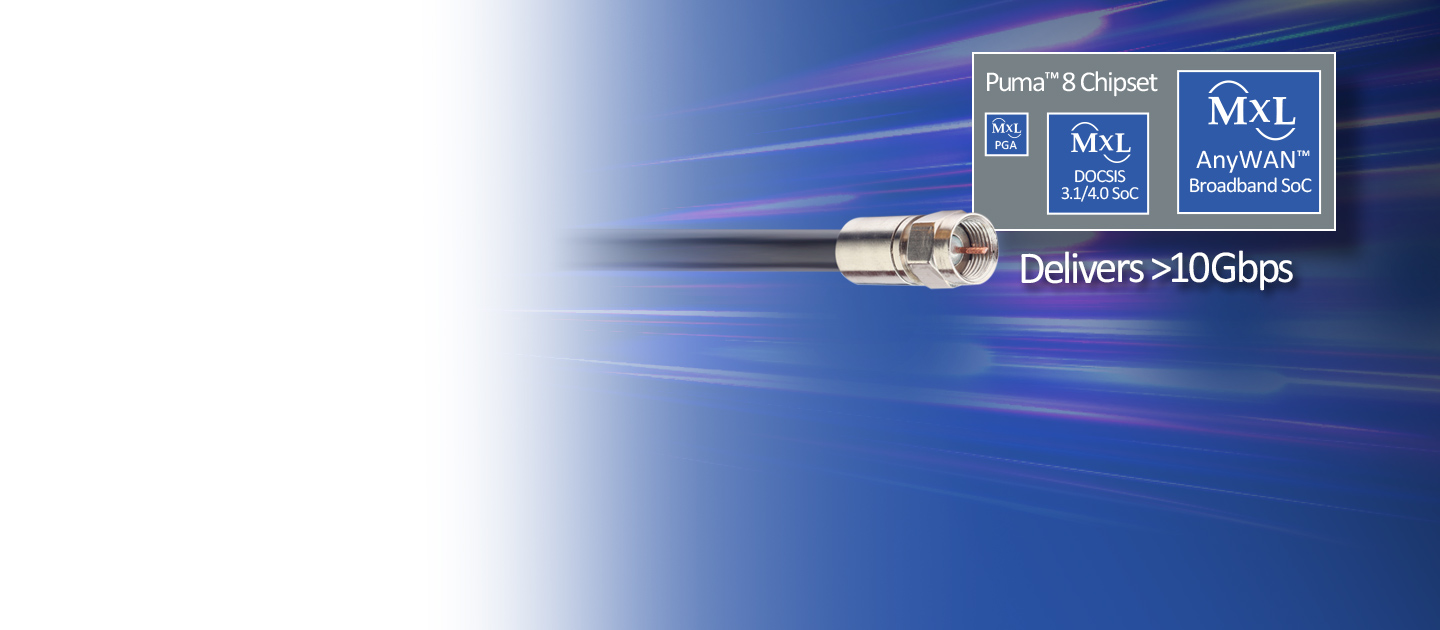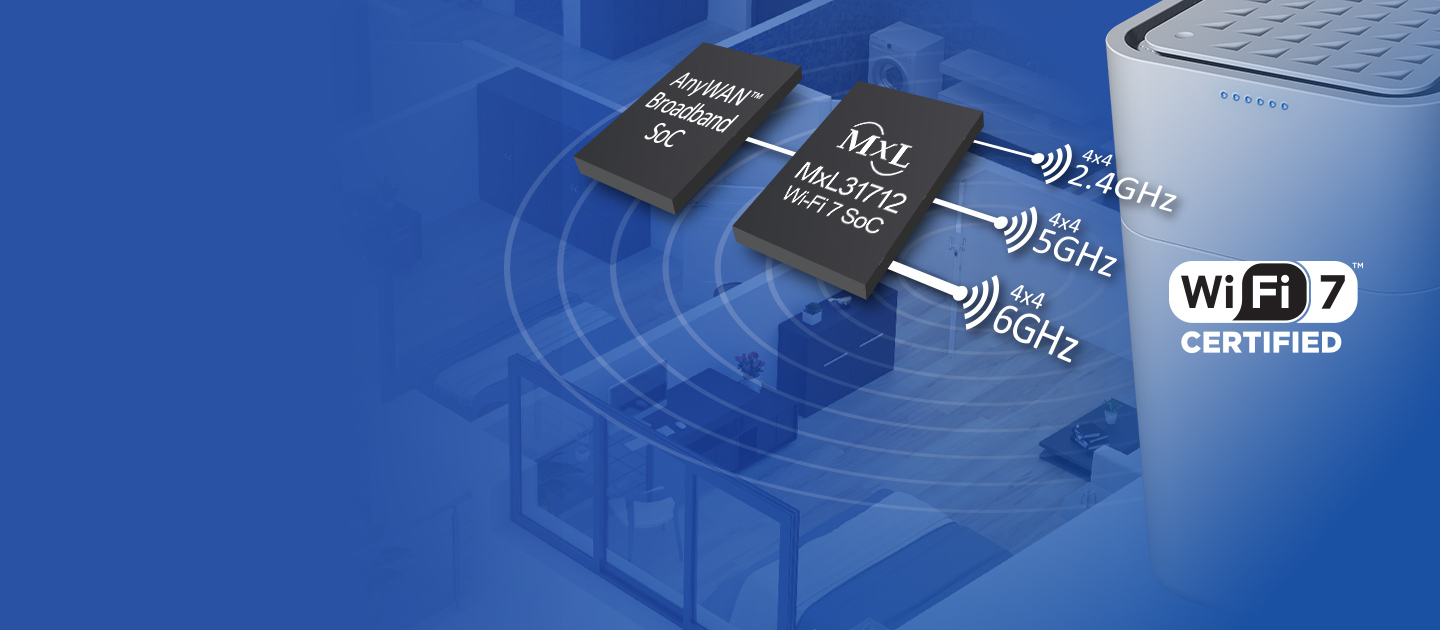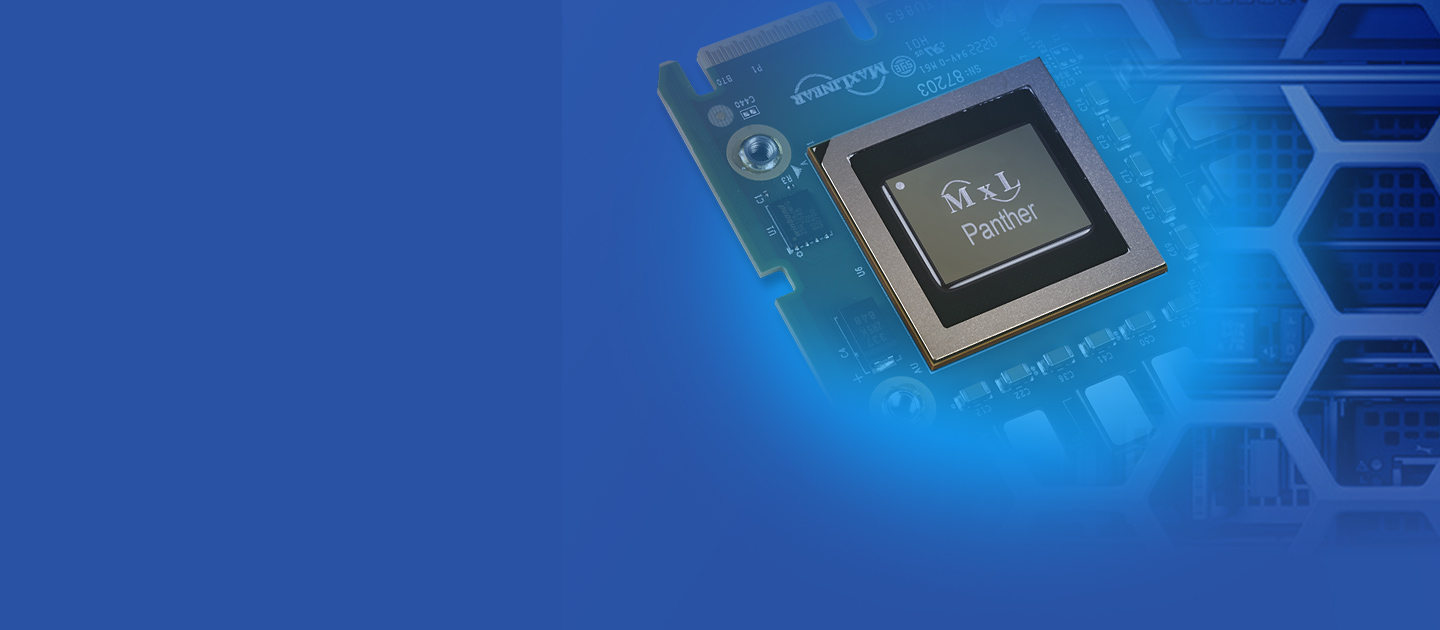We Enable Multi-Gig Connectivity in Diversified Markets

Access
Solutions that bring 10Gbps to the home over copper, coax, and fiber

Connectivity
Wired and wireless solutions that deliver up to 10Gbps throughout the home

Industrial
Power Management, Interface, and G.hn solutions that address industrial and multi-market applications
Power Management
Interface

Infrastructure
4G/5G wireless, enterprise server/storage, 400Gbps optical and multi-gigabit wireline communication network solutions
Join Our Team
Maximize Your Potential
Join the MaxLinear team and help shape the future of networking and communications technology

Our Latest











